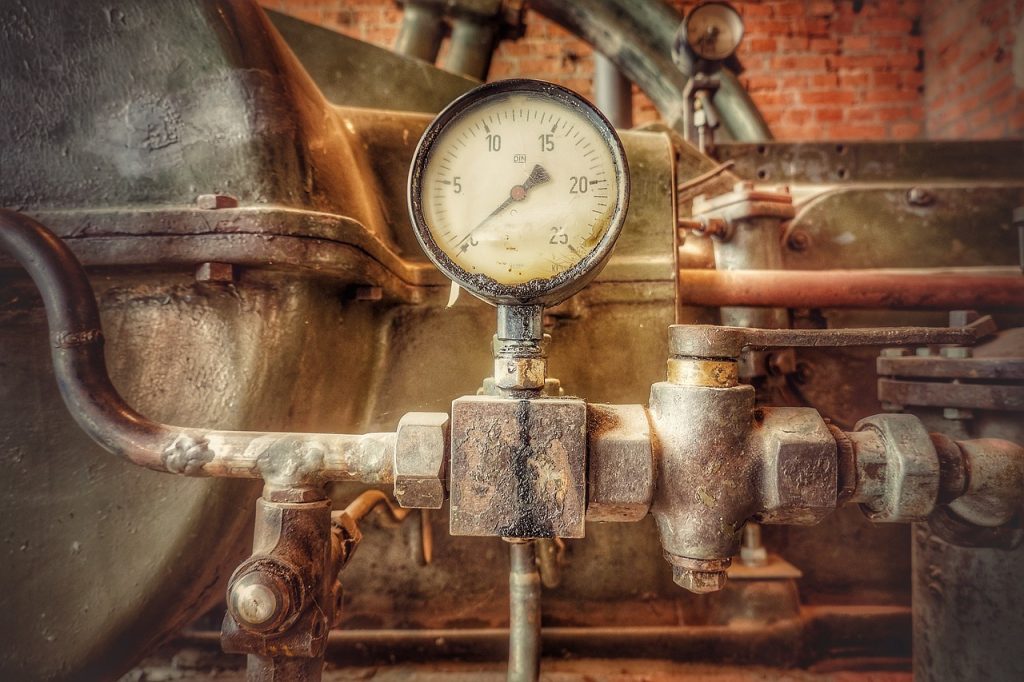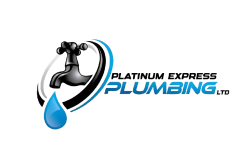Water pressure diagnosis
Water pressure diagnosis

In any plumbing system, water pressure plays a crucial role in ensuring the proper function of fixtures, appliances, and overall water distribution throughout a property. When water pressure is either too high or too low, it can lead to a host of problems, from inefficient water usage to potential damage to pipes and appliances. A comprehensive water pressure diagnosis is essential for identifying the underlying causes of water pressure issues, providing homeowners with peace of mind and a solution tailored to their needs.
What is Water Pressure
Water pressure is the force at which water travels through pipes and fixtures. It is typically measured in pounds per square inch (PSI) and varies from one location to another, influenced by factors such as the elevation of the property, the distance from the water supply, and the condition of the plumbing system. Standard residential water pressure generally falls between 40 and 60 PSI. When the pressure deviates from this range, homeowners may experience various symptoms indicating the need for a professional assessment.
Signs of Water Pressure Issues
Identifying the signs of water pressure problems early can save homeowners significant time and money. Some common indicators include:
- Inconsistent Water Flow: Fluctuations in water pressure can lead to inconsistent flow from faucets and showerheads, making everyday tasks frustrating.
- Poor Performance of Appliances: Dishwashers and washing machines rely on adequate water pressure to function correctly. Low pressure can lead to inefficient cleaning and longer cycle times.
- Dripping Faucets: High water pressure can cause faucets to drip, wasting water and increasing utility bills.
- Noisy Pipes: Unusual noises, such as banging or vibrating, may indicate high water pressure or air trapped in the pipes.
If homeowners notice any of these symptoms, it’s essential to seek professional help to conduct a thorough water pressure diagnosis.
The Water Pressure Diagnosis Process
The water pressure diagnosis process involves several steps, each designed to pinpoint the root cause of the issue. Here’s an overview of what homeowners can expect during a professional diagnosis:
Initial Assessment: A trained plumber will start by conducting an initial assessment, asking questions about the symptoms observed and any recent plumbing work or changes made in the home. This information helps the plumber understand the potential causes of the water pressure issue.
Pressure Testing: Using specialized equipment, the plumber will measure the water pressure at various points throughout the plumbing system. This testing allows them to identify any inconsistencies and determine whether the pressure falls within the normal range.
Inspection of Fixtures and Valves: The plumber will examine faucets, showerheads, and valves for signs of wear, damage, or obstruction. Mineral buildup, rust, or corrosion can affect water flow and pressure.
Examination of Pipes: The condition of the pipes plays a significant role in water pressure. The plumber will inspect for leaks, blockages, or deterioration that may restrict water flow. In some cases, older plumbing systems may require replacement to restore proper pressure levels.
Review of the Water Supply System: The diagnosis will also include a review of the home’s water supply system, including the main water line and any pressure-reducing valves. These components are critical in maintaining optimal water pressure throughout the property.
Evaluation of Water Pressure Regulator: If the home has a pressure regulator installed, the plumber will assess its functionality. A malfunctioning regulator can lead to high or low pressure, necessitating repair or replacement.
Recommendations for Resolution: After completing the diagnosis, the plumber will provide recommendations for resolving the water pressure issue. Solutions may include repairing or replacing fixtures, adjusting pressure regulators, or even re-piping sections of the plumbing system.
Benefits of Professional Water Pressure Diagnosis
Investing in a professional water pressure diagnosis offers several advantages:
- Expertise: Trained plumbers possess the knowledge and experience necessary to identify and resolve water pressure issues accurately.
- Prevention of Damage: Addressing water pressure problems promptly can prevent further damage to pipes, appliances, and fixtures, saving homeowners from costly repairs down the line.
- Improved Efficiency: Restoring optimal water pressure enhances the efficiency of plumbing fixtures and appliances, leading to better performance and lower water bills.
- Peace of Mind: Knowing that water pressure issues are addressed by professionals provides homeowners with confidence in their plumbing system’s reliability.
Water pressure is a vital aspect of any plumbing system, affecting everything from daily routines to the longevity of fixtures and appliances. When homeowners experience water pressure issues, a thorough diagnosis conducted by professionals is essential. By understanding the signs of water pressure problems and the importance of timely intervention, homeowners can protect their investments and ensure a well-functioning plumbing system.
If you’re facing water pressure challenges in your home, reaching out to experienced plumbing professionals for a comprehensive diagnosis is the first step toward restoring optimal performance and ensuring long-term satisfaction with your plumbing system. Whether it’s inconsistent water flow, noisy pipes, or inefficient appliances, professional diagnosis and subsequent solutions can make all the difference in your home’s comfort and functionality.
FAQs
You can have your water pressure checked by a licensed plumber, who will use a pressure gauge to measure the pressure at your faucet or hose bib. Many hardware stores also sell pressure gauges that you can use for a DIY check.
Diagnosing water pressure problems typically involves checking the water pressure using a gauge, inspecting for leaks in the plumbing system, evaluating the pressure regulator (if applicable), and examining any potential blockages in pipes or fixtures.
The water pressure in Toronto typically ranges from 40 to 80 psi (pounds per square inch), depending on the area and the municipal water supply system. It may vary based on elevation and other local factors.
To perform a pressure test on water pipes, you can follow these steps:
- Isolate the Section: Shut off the main water supply and isolate the section of the pipe you want to test.
- Attach a Pressure Gauge: Connect a pressure gauge to the pipe.
- Pressurize the System: Use a pump to increase the pressure in the pipes to the desired level, typically around 100 psi.
- Monitor for Leaks: Observe the pressure gauge over time. If the pressure drops significantly, it may indicate a leak in the system.
- Release Pressure: Once testing is complete, carefully release the pressure and restore the water supply.
